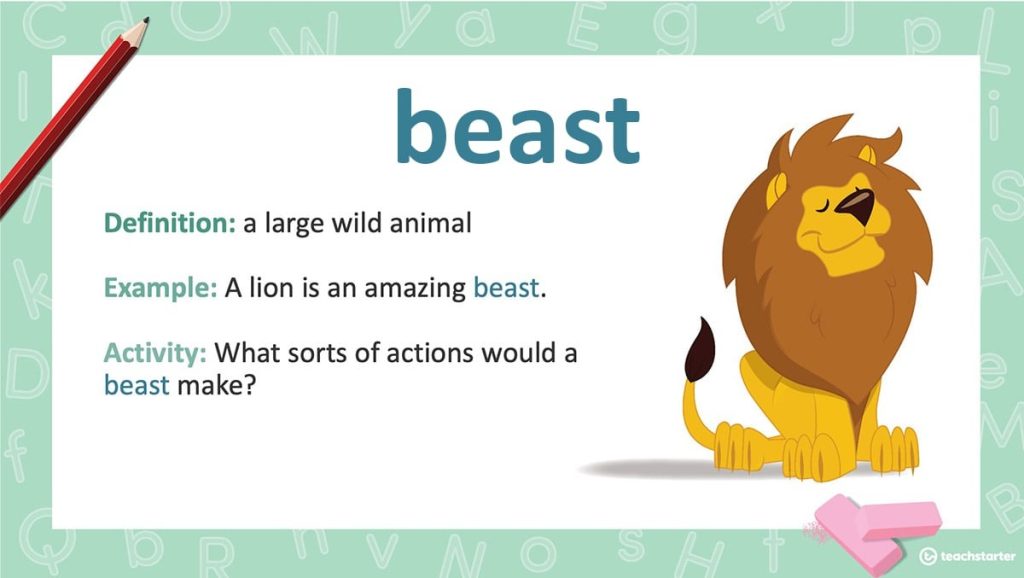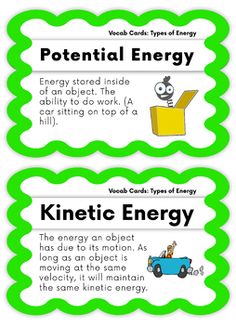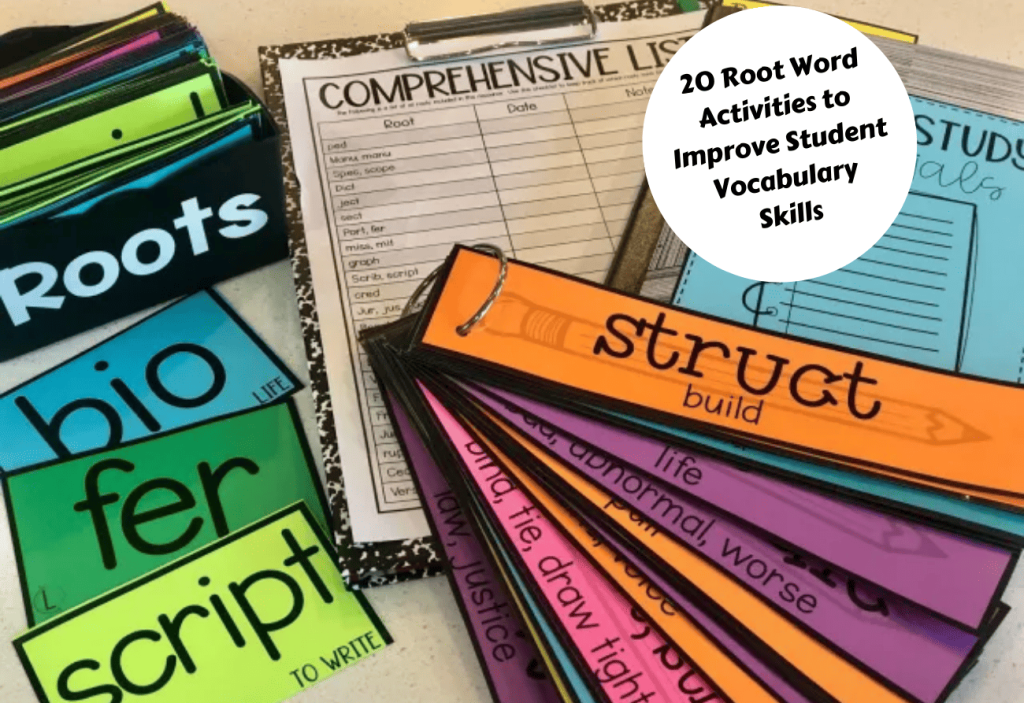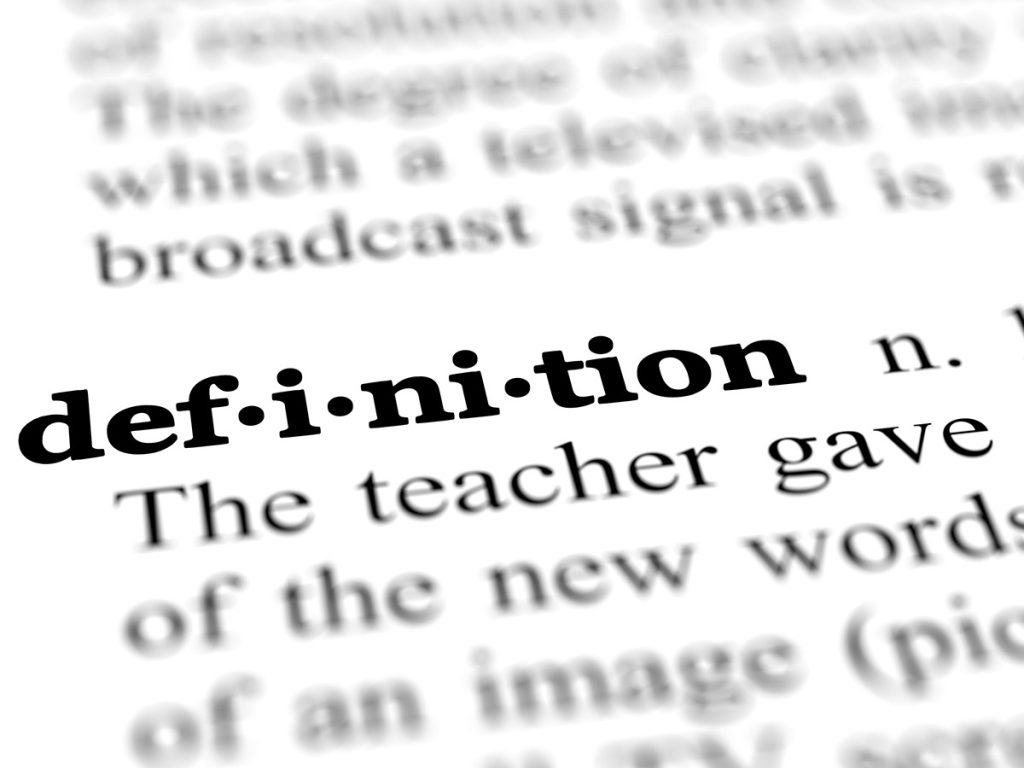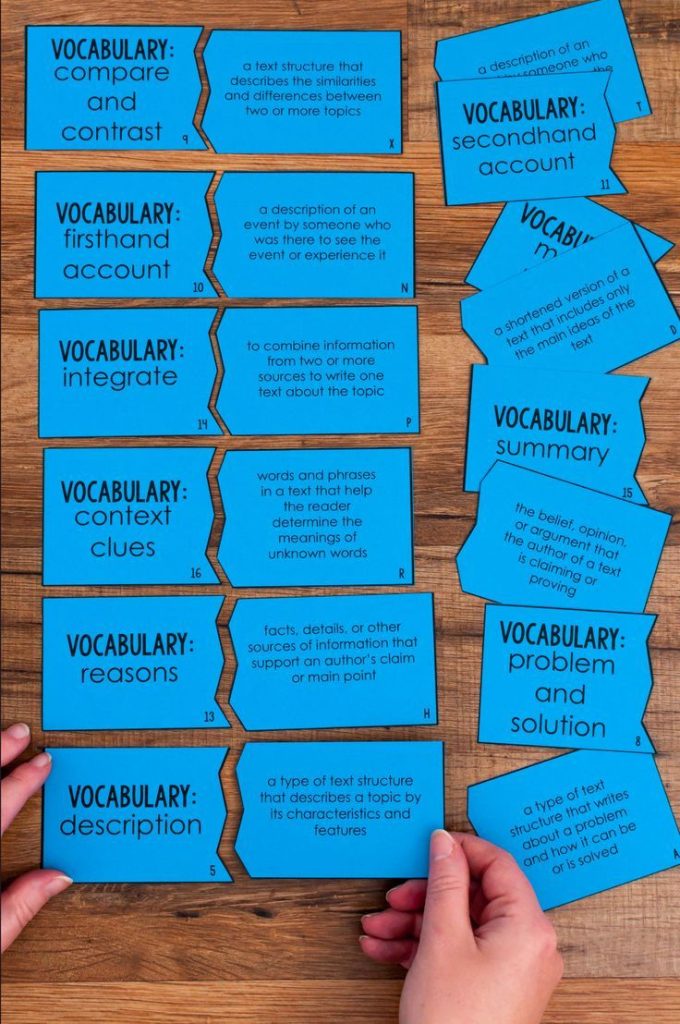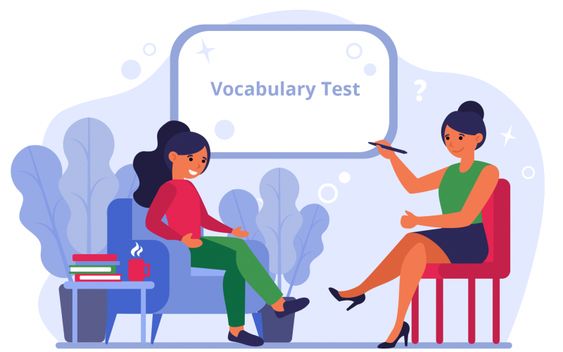Expanding vocabulary is a crucial aspect of learning in the classroom. It not only enables students to communicate effectively but also enhances their reading and writing skills. In this article, we will explore various strategies and activities teachers can use to help expand students’ vocabulary.
One effective strategy is to introduce a “Word of the Week.” This involves selecting a new word each week and incorporating it into daily activities and lessons. By consistently exposing students to new words and their meanings, teachers can encourage their vocabulary growth. To make this strategy more engaging, teachers can create word walls or word banks where students can see and interact with the chosen words.
Another way to expand vocabulary is through reading. By exposing students to a wide range of texts, they can encounter new words in context. Teachers can choose age-appropriate books, magazines, or news articles that introduce new vocabulary. Encouraging students to read independently and providing opportunities for discussion can further enhance their understanding and usage of these words.
Incorporating vocabulary games and activities into lessons can also be valuable. Teachers can organize word scavenger hunts, where students search for specific words in books or text passages. Word puzzles, such as crosswords or word searches, can also be used to reinforce vocabulary learning. Additionally, interactive online tools and educational apps can provide an engaging way for students to practice and expand their vocabulary skills.
Furthermore, integrating vocabulary into writing tasks can deepen students’ understanding and usage of words. Teachers can encourage the use of descriptive language and encourage students to incorporate new words into their writing assignments. Providing feedback and guidance on word choice can support their development as effective communicators.
In conclusion, expanding vocabulary in the classroom is essential for students’ academic success. Strategies such as introducing a “Word of the Week,” incorporating reading activities, and utilizing vocabulary games can help foster students’ vocabulary growth. By equipping students with a rich and varied vocabulary, educators can empower them to express themselves confidently in both spoken and written form.



